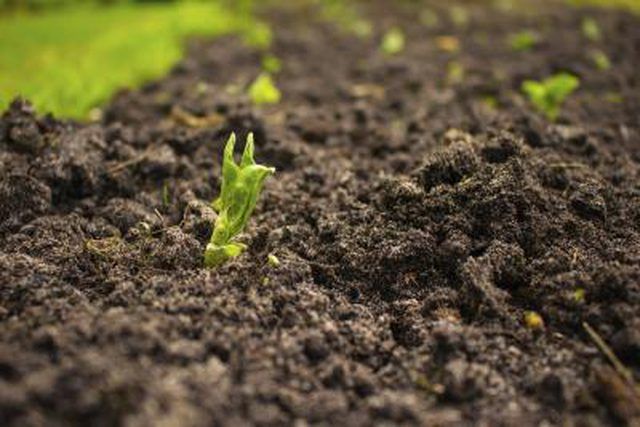Bulbs
Flower Basics
Flower Beds & Specialty Gardens
Flower Garden
Garden Furniture
Garden Gnomes
Garden Seeds
Garden Sheds
Garden Statues
Garden Tools & Supplies
Gardening Basics
Green & Organic
Groundcovers & Vines
Growing Annuals
Growing Basil
Growing Beans
Growing Berries
Growing Blueberries
Growing Cactus
Growing Corn
Growing Cotton
Growing Edibles
Growing Flowers
Growing Garlic
Growing Grapes
Growing Grass
Growing Herbs
Growing Jasmine
Growing Mint
Growing Mushrooms
Orchids
Growing Peanuts
Growing Perennials
Growing Plants
Growing Rosemary
Growing Roses
Growing Strawberries
Growing Sunflowers
Growing Thyme
Growing Tomatoes
Growing Tulips
Growing Vegetables
Herb Basics
Herb Garden
Indoor Growing
Landscaping Basics
Landscaping Patios
Landscaping Plants
Landscaping Shrubs
Landscaping Trees
Landscaping Walks & Pathways
Lawn Basics
Lawn Maintenance
Lawn Mowers
Lawn Ornaments
Lawn Planting
Lawn Tools
Outdoor Growing
Overall Landscape Planning
Pests, Weeds & Problems
Plant Basics
Rock Garden
Rose Garden
Shrubs
Soil
Specialty Gardens
Trees
Vegetable Garden
Yard Maintenance
The Difference Between Organic & Inorganic Soil
The Difference Between Organic & Inorganic Soil. Soil is more than just dirt. It's a living, dynamic entity that consists of organic material with living organisms and inorganic minerals. Both play an essential role in plant health.

Soil is more than just dirt. It's a living, dynamic entity that consists of organic material with living organisms and inorganic minerals. Both play an essential role in plant health.
Definition
Although the term "organic" is mentioned often in gardening and with different meanings, the definition of "organic" that you learned in chemistry class applies when you are talking about soil. Organic soil components come from living or once living organisms that contain carbon, while inorganic components do not.
Organic Matter
Soil contains organic material, both living and dead. Living microorganisms break down compounds, releasing nutrients in a form that plants can use. Soil also contains organic matter, which primarily consists of dead plant material, such as fallen leaves, grass clippings or old plant roots. According to the Iowa State University Extension, organic matter should form 5 percent of your soil. Organic material helps soil to retain water and nutrients around plant roots where they are needed.
Nutrients
Soil also contains minerals, defined as inorganic because they do not contain carbon. Plants need nutrients for many of their life functions and absorb them from the soil using their roots. Although plants need 13 mineral nutrients, nitrogen, phosphorus and potassium are the most important.